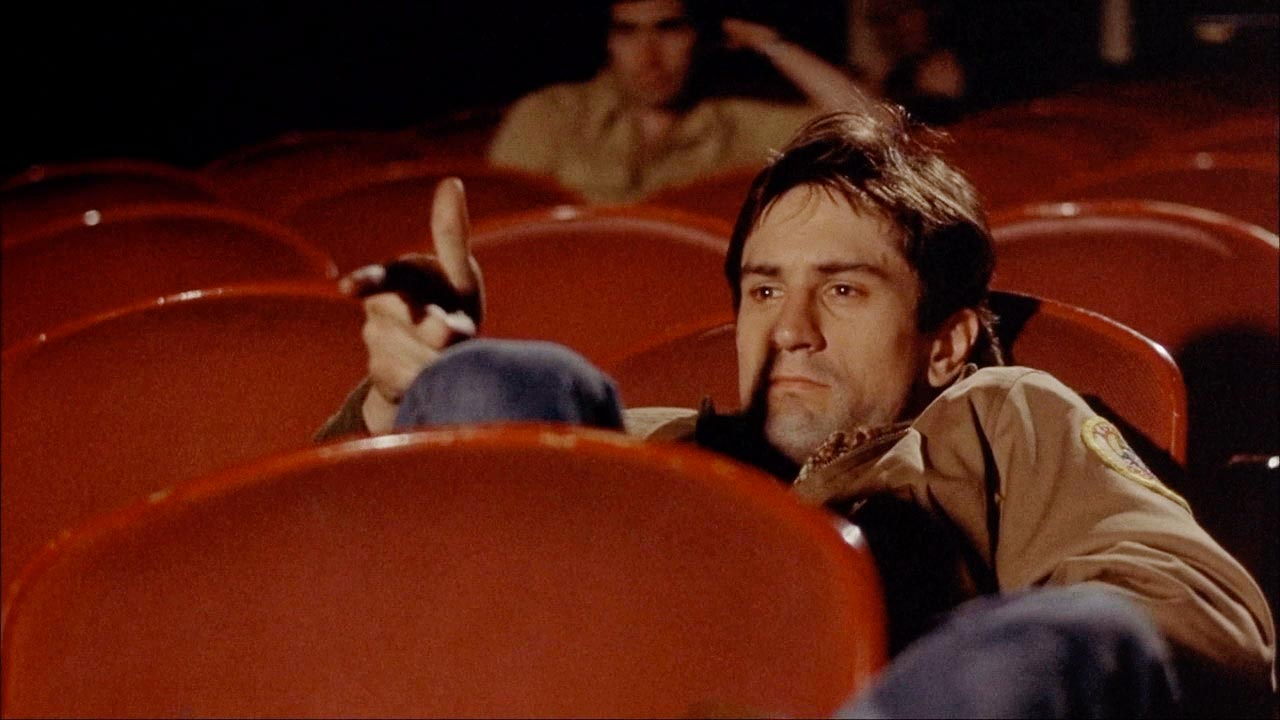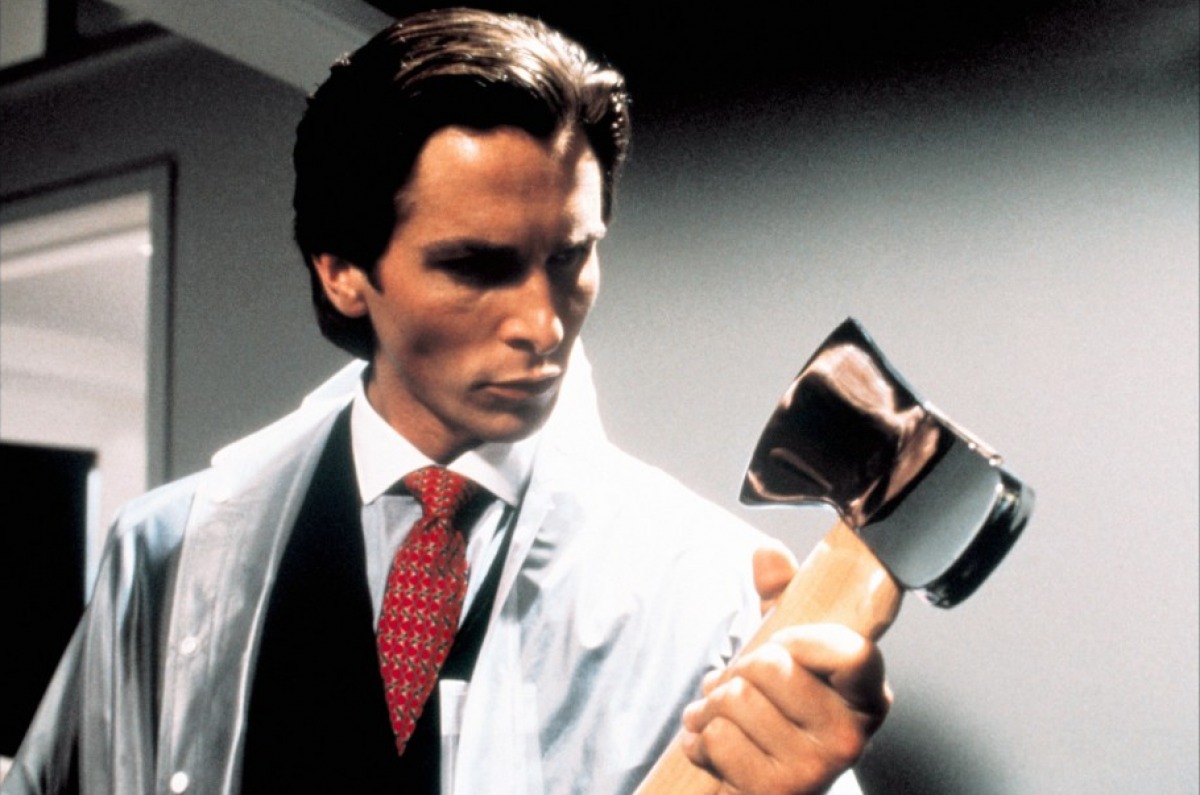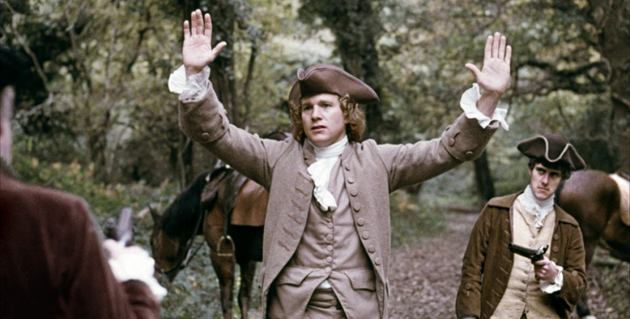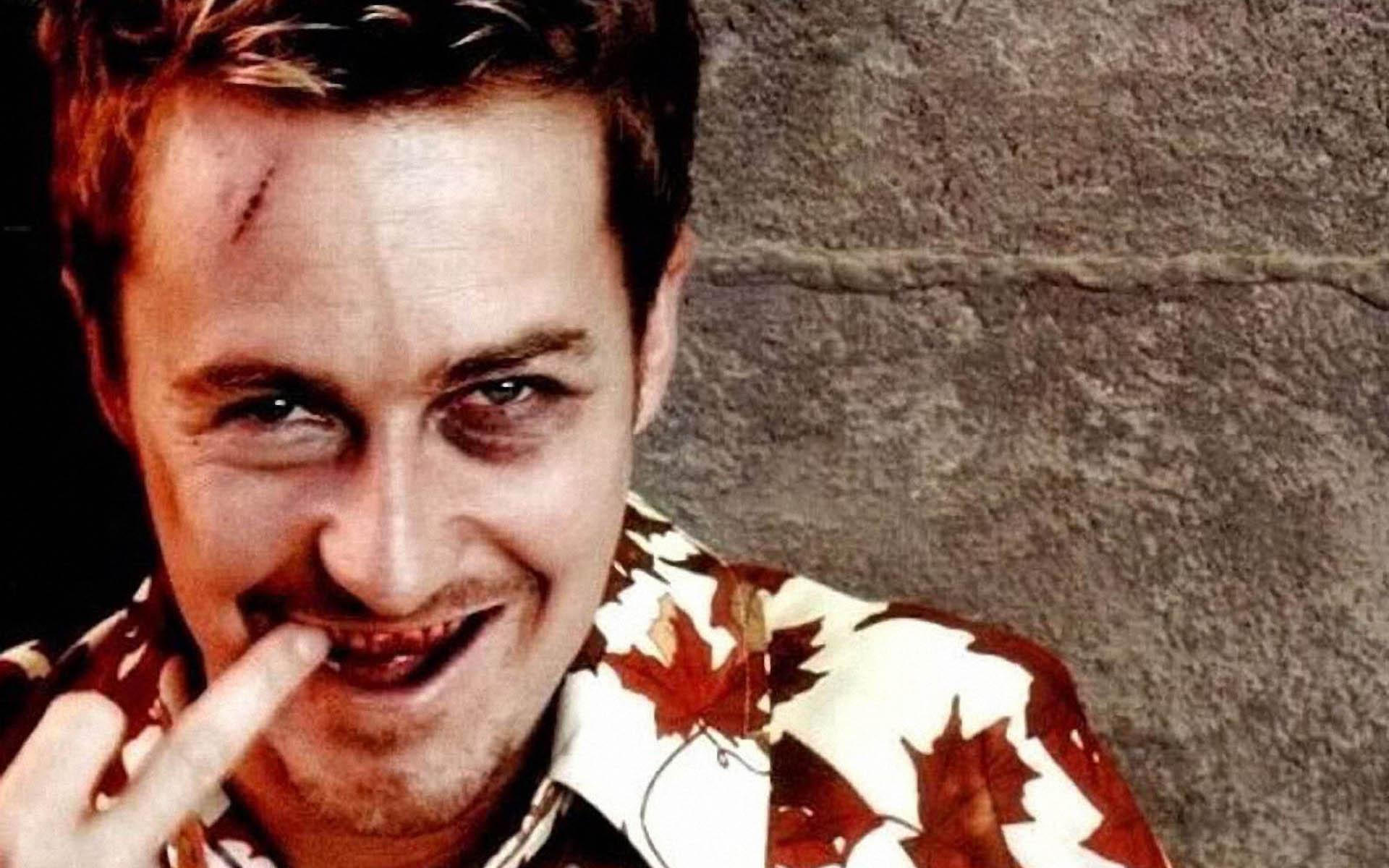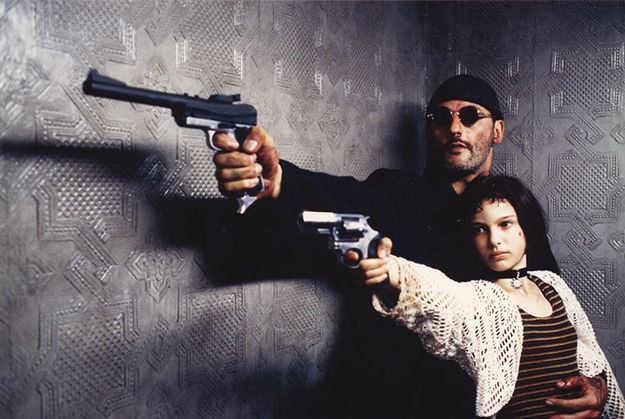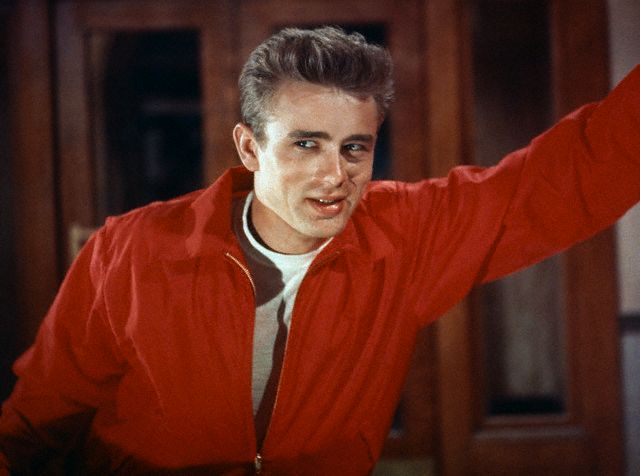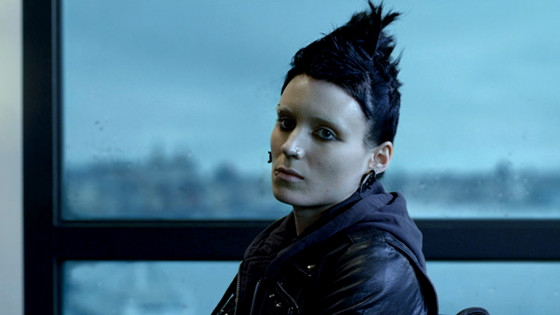The very structure of dramatic storytelling, dating all the way back to Aristotle, consists of certain rules and expectations to which we’ve all become accustomed. One of the key components of a well-constructed story is the main character, or protagonist.
The protagonist is often called the hero, but what happens when the protagonist is not so heroic? Just because we follow this person and generally see the world through his or her eyes doesn’t mean that the protagonist is necessarily virtuous. It is when this rule is bent that we have an antihero.
Antiheroes vary tremendously – some are likable in spite of their faults, while others are just plain irredeemable. Unlike villains, however, they drive the narrative (often causing the character in the traditional villain role to become the antivillain – an oppositional force who can be oddly sympathetic or even morally superior to the antihero).
Antiheroes can be characterized as protagonists who are flawed to a degree and have a certain amount of negative qualities, and can consequently run the gamut from being misguided, cowardly, or prejudiced to being downright criminal or even evil. What they have in common – and what makes them so compelling to watch – is that we get to see things from their perspectives.
This list is not meant to be exhaustive. There are so many films centering on antiheroes that their occurrences are hardly unusual anymore. In the last decade or so, television in particular has excelled in bringing us shows about such characters – so much so that it’s become all but standard for those airing on cable and premium channels (Tony Soprano, Walter White, and Dexter Morgan are just three that readily come to mind).
However, the quality of modern TV shows with such characters would not be as high as it is today without the rich history of antiheroes in cinema that paved the way.
What follows is a countdown that will chronicle twenty-five of the most interesting, well-developed antiheroes in film history. They are not all good people, and some are just plain BAD, but one could not accurately term any of them villains. They are all memorable, expertly played, and above all, entertaining to watch. As we’ll see, some of the same actors and filmmakers come up repeatedly, as some seem to do extremely well with such flawed characters.
That the top four all come from films made in the same decade is also telling. Some of these characters have even appeared in multiple films, proving the high demand the movie-going public has for such unique individuals – people who, fictional or otherwise, often more honestly reflect our own reality.
25. Derek Vinyard – American History X (1998)
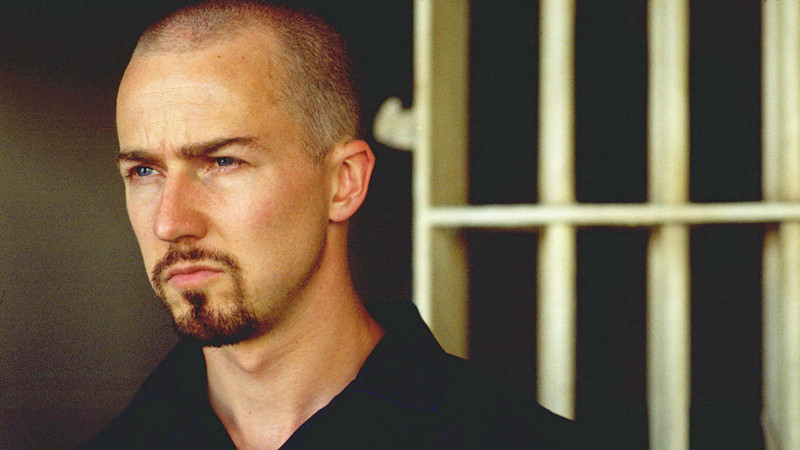
Attempting to do no less than redeem a violent neo-Nazi skinhead, Tony Kaye’s American History X is nothing short of daring. Told in narratives alternating between the past and the present (the former in black-and-white and the latter in color), the story presents one of the most dramatic character arcs in recent memory, asking tough questions about the legacies of hate and the possibility of redemption for those who’ve both practiced and preached it.
Edward Norton packed on thirty pounds of muscle to play Derek Vinyard, a reformed white supremacist who, fresh out of a three-year stretch in prison for voluntary manslaughter, attempts to stop his younger brother, Danny (Edward Furlong), from following in his radicalized footsteps.
Norton’s performance earned the film its only Oscar nomination, and there can be no debate that it wasn’t deserved. Instead of being a cardboard stereotype, Derek is frightening because of his plausibility. He articulates his racist viewpoints throughout the black-and-white section with horrifying intensity and sincerity, his intelligence unmistakable as he backs up his arguments with concrete examples.
He is no sociopath, however, which the film makes abundantly clear in its present-day storyline. That he is able to reflect on his ways and so drastically change is immensely moving, though the scars his past actions have wrought and the ripple effect they continue to have are not so easily erased. It’s a powerhouse performance, made all the more uncomfortable by the way Norton makes us see the seductive appeal such a lifestyle can have for those searching for meaning and identity.
24. Patrick Bateman – American Psycho (2000)
A theoretical challenge: Can your protagonist be a misogynistic, vain, bloodthirsty serial killer without an ounce of genuine human empathy, and still be somehow likable? Being played by Christian Bale in peak physical shape and with an exquisite wardrobe to match certainly can’t hurt.
Bale plays Patrick Bateman, the main character and narrator of Mary Harron’s adaptation of Bret Easton Ellis’s notorious novel. A Wall Street banker by day, he becomes a homicidal maniac on nights when the mood strikes him… or does he?
The film and source material keep the extent of the reality of Bateman’s crimes ambiguous, making us wonder if he’s actually committing them or merely fantasizing. He is, after all, subsisting on a steady diet of booze, hookers, and assorted drugs, so anything is possible. Regardless of what’s actually going on, to say the guy needs serious psychological help would be an understatement.
All that said, one would have no idea judging from his appearance. Bateman is outwardly successful – a young, wealthy Ivy League graduate with a high-powered job (though we never do see him doing any actual work) living the high life in Manhattan circa the late 1980s. Much of the film’s effectiveness relies on the other characters’ obliviousness to Bateman’s true nature, with satire being used to skewer the yuppie subculture of which he is a member, often with comical results.
The film is indeed a work of dark comedy, much of it stemming from Bale’s transcendent performance, which he claims to have based partially on Tom Cruise (make of that what you will).
The murders Bateman commits in the film are toned down considerably from those in the book (which often include graphic torture, and in one case, the killing of a child), but their meaning remains. Patrick Bateman exemplifies the best and the worst of what so-called civilization can produce, and that he can be both sexy and murderous makes him a true antihero.
23. Redmond Barry – Barry Lyndon (1975)
Though it would no doubt be more highly celebrated if it weren’t overshadowed by some of Stanley Kubrick’s more iconic works, Barry Lyndon is nevertheless an enjoyable and beautiful looking film.
Based on the 1844 novel The Luck of Barry Lyndon by William Makepeace Thackeray, it tells the story of a young Irish rogue and social climber played by Ryan O’Neal. While the film is best known for its Oscar-winning costumes, art direction, and most of all, the cinematography that famously made use of natural lighting via candles, Redmond Barry (who later acquires the name of the title) makes for an intriguing antihero.
The titles at the beginning and midpoint give away that the story will chart his rise and fall, but the narrative is still compelling. The sprawling, episodic story follows Barry on a series of adventures through war, gambling schemes, and ultimately, courtship and marriage.
Barry is neither brave nor noble, and is hardly the ideal husband after marrying into wealth and taking his rich wife’s last name. Still, there are moments when he tries to do the right thing, as we see in the film’s final duel (skillfully staged by Kubrick to maximize suspense).
Barry remains a thoroughly human character, flawed but not unsympathetic. Despite the story’s 18th century setting, he comes across as all too relatable – an ambitious opportunist who tries to take advantage of every possibility thrown his way. As a final note, those who accuse Kubrick of being seemingly cold or detached should look no further than the later plot points in this film (as well as Paths of Glory, for that matter) to be proven otherwise.
22. The Narrator – Fight Club (1999)
The famous twist won’t be given away here, for the few who have yet to see this seminal film, but that’s only a small part of what makes Fight Club so great. Masterfully adapted from Chuck Palahniuk’s novel by David Fincher (so much so that Palahniuk conceded that the movie was actually better), the story is much more complex and philosophical than the marketing originally implied.
In yet another stellar performance, Edward Norton plays a disillusioned man suffering from depression and insomnia, finding solace in support groups for diseases he doesn’t have, and eventually in an underground fight club started by a soap-making anarchist he befriends named Tyler Durden (Brad Pitt).
Norton’s deadpan narration is one of the best examples of the often-overused technique in recent memory, contextualizing the grim proceedings with sardonic wit (his observations early in the film about his own obsessions with materialism are particularly amusing).
Though his grip on reality slowly comes into question, the narrator’s wry commentary could not be more spot-on. Advertised as something of an action movie,
Fight Club is in actuality a leisurely-paced existential treatise of the state of American masculinity at the close of the 20th century. Encapsulated in Norton’s character is all the repressed rage, self-loathing, and search for meaning that often characterizes the inner turmoil that comes with male identity, resulting in a twisty, thoughtful, endlessly quotable and provocative cult classic.
21. Leone “Léon” Montana – Léon: The Professional (1994)
Boasting a supporting cast that includes a young Natalie Portman in her film debut and Gary Oldman giving one of his greatest and most unhinged performances (and that’s saying something), Léon: The Professional (also known as both “Léon” and “The Professional,” depending on the country) is a violent action movie anchored by a restrained performance by Jean Reno as the title character. Clad in his knit cap and round-framed sunglasses, Léon commands our attention from the instant he steps onscreen.
When her entire family is murdered by the Beethoven-loving drug addict played by Gary Oldman, 12-year-old Mathilda (Portman) takes refuge in the apartment of her neighbor, Léon. Though Léon is a hitman, we never fear he’ll do anything to hurt the young girl. Surprisingly gentle and even shy for a man of his profession, Léon begins to train Mathilda in the art of weaponry as she plots her bloody revenge.
If this sounds like it could be the plot of a Tarantino movie, you wouldn’t be wrong, but the film is unexpectedly heartwarming at times. Lovingly tending to his houseplant in between jobs, Léon is the rare man who, though indeed a professional killer, is far from a cold-blooded psychopath. It’s a tough balancing act, but Reno – aided by a self-assured screenplay and direction by French filmmaker Luc Besson – succeeds in making Léon sympathetic and likable.
20. Jim Stark – Rebel Without a Cause (1955)
Released only weeks after the tragic death of its star, James Dean, this film is a classic largely because of its efforts to portray teenagers realistically. The famous line “You’re tearing me apart!” screamed by Dean in the opening scene is one of the more dramatic moments in the film, but hardly indicative of its general tone. With excellent supporting performances by Natalie Wood and Sal Mineo (both of whom also died young and unnaturally), it’s a film that deserves to be seen and revisited.
As Jim Stark, the “rebel” of the title, Dean is absolutely riveting. Making friends and enemies alike on his first day of high school, he tries to navigate the tricky waters of mid-‘50s teen social norms, including “chickie runs” and parents who just don’t understand.
While the film could have been cliché in its exploration of teen angst, the smart screenplay by Stewart Stern and Irving Shulman, along with Nicholas Ray’s adroit direction, keeps the whole affair from becoming trite. True, the film may seem a bit dated today, but its themes still resonate, especially the sexual undertones between Jim and Mineo’s character, Plato, which, though subtle, were definitely progressive for the time.
19. Lisbeth Salander – The Girl with the Dragon Tattoo (2011)
One of the more recently created characters on this list, Lisbeth Salander first appeared in Swedish author Stieg Larsson’s bestselling “Millennium Trilogy” (the original title of the first book translates to the equally appropriate “Men Who Hate Women”) before making her way to the big screen in the three Swedish film adaptations in which she was portrayed by Noomi Rapace. Great as Rapace was, Rooney Mara’s Oscar-nominated take of Salander in David Fincher’s American remake has the slight edge.
For the uninitiated, Lisbeth Salander – the dragon-tattooed girl of the title – is a bisexual genius computer hacker with a borderline sociopathic personality and a traumatic backstory. Her distinctive wardrobe and associated piercings and tattoos are actually the least interesting things about her. As she teams up with journalist Mikael Blomkvist (Daniel Craig) to investigate a series of murders, we see how brilliant and psychologically complex the troubled heroine is.
Mara, whose biggest roles to date had been the lead in the ill-fated Nightmare on Elm Street remake and the small but pivotal role of Mark Zuckerberg’s girlfriend in The Social Network, famously cut no corners in her preparation for the role. She changed her hair, got multiple ear and nipple piercings, learned kickboxing, and trained with a dialect coach. Her commitment comes through in her intense performance, though whether she will end up reprising the role in future sequels remains to be seen…
18. Larry Flynt – The People vs. Larry Flynt (1996)
There are some who may quibble with the facts, but overall this is a relatively straightforward biopic of Hustler Magazine founder and free speech activist Larry Flynt. Woody Harrelson is perfectly cast as the charming and unrepentant smut peddler.
We watch his rags-to-riches story unfold from early ‘50s Kentucky to the present, as Flynt builds a pornographic empire, endures endless legal battles, and exhibits shifting attitudes towards religion and Christianity. After an assassination attempt leaves him paralyzed from the waist down, he spirals into a drug addiction that also ensnares his wife, Althea (Courtney Love), before returning to the magazine he started and the litigious issues it created.
Miloš Forman’s film isn’t exactly even-handed in its depiction of Flynt, who comes off as a crusader – albeit a perverse one – for First Amendment rights. Of course, Flynt himself was not only alive when the film was made (and still is, as of the publication of this list), but actively participated in the making of the film, ironically playing a judge hostile to Hustler.
The film also soft-peddles some of the more unsavory aspects of Flynt’s magazine (it was, after all, rated R and not NC-17), and both omitted real people in Flynt’s life (like his children) and combined others into amalgamation characters (as with the lawyer played by, once again, Edward Norton).
Still, none of these changes are unusual for films based on true stories. Like a more political version of the Howard Stern biopic Private Parts (released only a year later), The People Vs. Larry Flynt is a great film about the meaning of free speech and sexual expression. That it landed Oscar nominations for both its star and director was unsurprising, to say the least.
